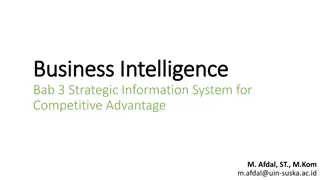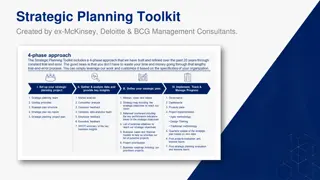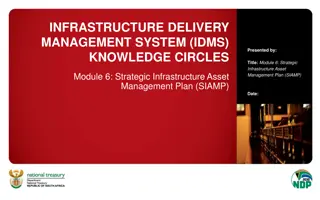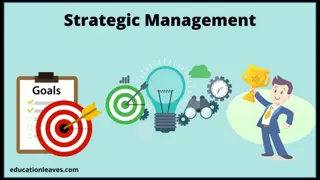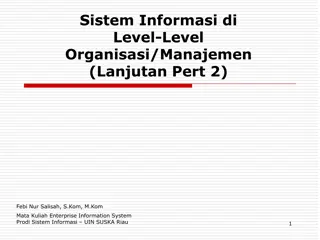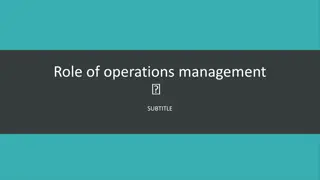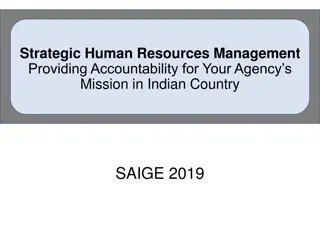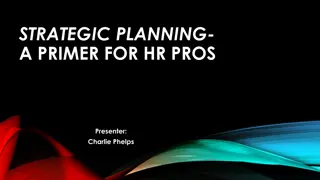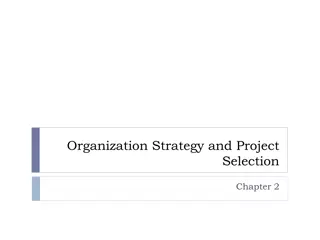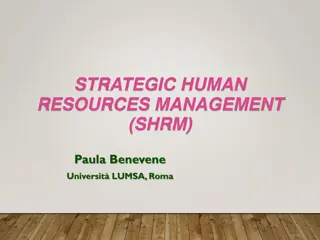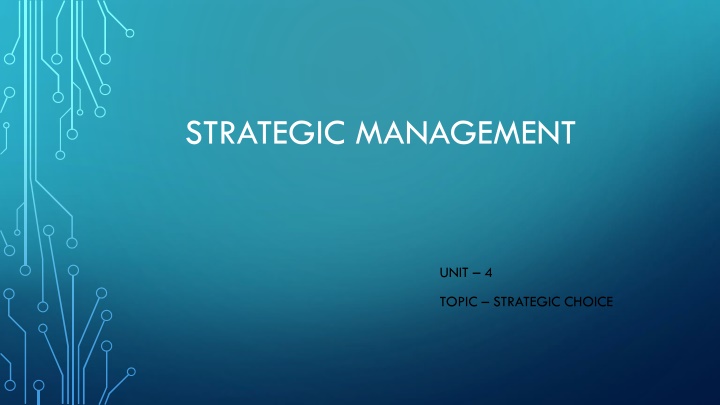
Strategic Choice in Corporate Management
Explore the process of strategic choice in corporate management, where decisions are made to align with organizational objectives. Learn about focusing on alternatives, conducting gap analysis, and selecting strategies like stability, expansion, retrenchment, and combination at the corporate level.
Download Presentation

Please find below an Image/Link to download the presentation.
The content on the website is provided AS IS for your information and personal use only. It may not be sold, licensed, or shared on other websites without obtaining consent from the author. If you encounter any issues during the download, it is possible that the publisher has removed the file from their server.
You are allowed to download the files provided on this website for personal or commercial use, subject to the condition that they are used lawfully. All files are the property of their respective owners.
The content on the website is provided AS IS for your information and personal use only. It may not be sold, licensed, or shared on other websites without obtaining consent from the author.
E N D
Presentation Transcript
STRATEGIC MANAGEMENT UNIT 4 TOPIC STRATEGIC CHOICE
STRATEGIC CHOICE Strategic choice is therefore, the decision to select from among the grand strategies considered, the strategy which will best meet the enterprise s objectives. The decision involves focusing on a few alternatives, considering the selection factors, evaluating the alternatives against these criteria and making the actual choice.
PROCESS OF STRATEGIC CHOICE 4. Choosing from among the alternatives 3. Evaluating the Strategic Alternatives 2. Analyzing the Strategic Alternatives 1. Focusing on Strategic Alternatives
1. FOCUSING ON STRATEGIC ALTERNATIVES Focusing on alternatives could be done by visualizing the future state and working backwards. This could be done through GAP Analysis. Company sets objectives for a future period of time and then works backward to find out where it can reach through the present level of efforts.
GAP ANALYSIS Desired performance Present performance Performance Performance gap Present performance T1 Time T2 GAP Analysis
GAP ANALYSIS Gap = Projected performance Desired performance How wide or narrow the gap is, its importance and the possibility of it being reduced, influence the focus on alternatives. At the corporate level, the strategic alternatives are four: Expansion, Stability, Retrenchment and Combination.
CORPORATE LEVEL STRATEGIES Stability strategy means an organization will retain its current strategy, and it will continue focusing on its current products and markets. Expansion strategy is adopted by an organization when it attempts to achieve a high growth as compared to its past achievements. In other words, when a firm aims to grow considerably by broadening the scope of one of its business operations in the perspective of customer groups, customer functions and technology alternatives, either individually or jointly, then it follows the Expansion Strategy.
CORPORATE LEVEL STRATEGIES Retrenchment strategy is adopted when an organization aims at reducing its one or more business operations with the view to cut expenses and reach to a more stable financial position. Combination strategy means making the use of other grand strategies (stability, expansion or retrenchment) simultaneously. Simply, the combination of any grand strategy used by an organization in different businesses at the same time or in the same business at different times with an aim to improve its efficiency is called as a combination strategy.
GAP ANALYSIS AT CORPORATE LEVEL REASON FEASIBLE ALTERNATIVE GAP NARROW Stability strategies LARGE Due to expected environmental opportunity Expansion strategies LARGE Due to past and bad expected performance Retrenchment strategies COMPLEX Multiple reasons are responsible Combination strategies
FOCUSING ON ALTERNATIVES AT BUSINESS LEVEL The choice is essentially between positioning the business as being low-cost, differentiated or focused. Organizations need to understand the conditions in a industry and weigh carefully, the risk and benefits of each competitive positioning before making a choice. The choice leads to a situation of dynamic competitive positioning where low- cost and differentiation are not discrete positions, but lie on a continuum.
(Higher costs/higher prices) Focused differentiator Differentiator Focused differentiator Differentiator Focused cost leader Cost leader Focused cost leader Cost leadership (lower costs/lower prices) Dynamic Competitive Positioning
Focusing on alternatives at the business level could also be understood by reverting to the business definition. 3 dimensions enable a decision maker to think in a structured fashion and systematically move in one or more dimensions, generating a number of feasible alternatives. Customer function Alternative technologies Customer groups
2. ANALYZING THE STRATEGIC ALTERNATIVES Feasible alternatives have to be subjected to a thorough analysis. Such an analysis rely on certain factors known as selection factors. Selection factors are the Objective factors and the Subjective factors. Objective factors are based on analytical techniques and are hard facts or data used to facilitate a strategic choice. Subjective factors are based on one s personal judgement, collective or descriptive factors.
3. EVALUATING THE STRATEGIC ALTERNATIVES Evaluation of strategic alternatives basically involves bringing together the analysis done on the basis of the objective and subjective factors. Consideration of single factor does not help in evaluation, both the factors have to be considered together.
4. CHOOSING FROM AMONG THE STRATEGIC ALTERNATIVES One or more strategies have to be chosen for implementation. A blueprint has to be made that will describe the strategies and the conditions under which they would operate. Blue print is the strategic plan. Besides the chosen strategies, some contingency strategies would also have to be discussed.

